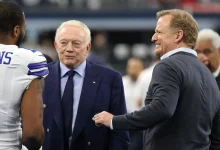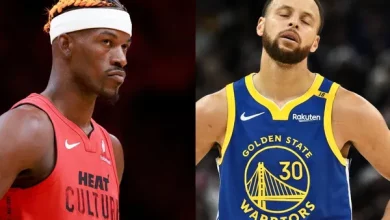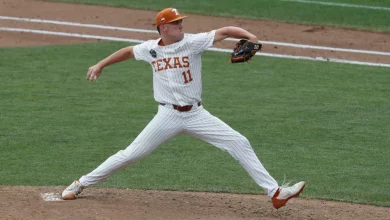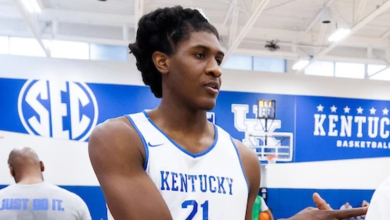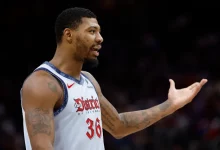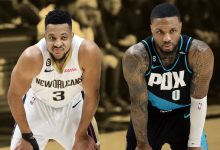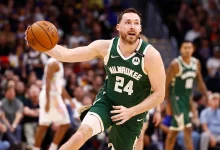Ravens legend Jimmy Smith receives hands-on scouting education from team’s personnel department, gaining insight into talent evaluation and team building.
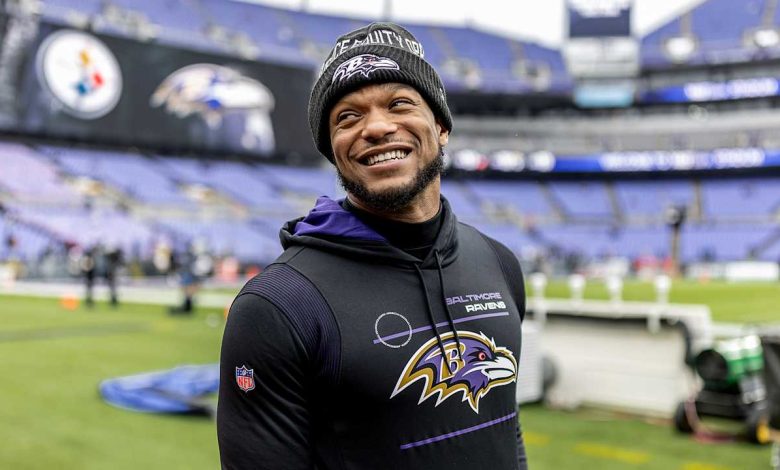
In a league that is constantly evolving, former players are increasingly finding new ways to stay involved in the game they love. For Jimmy Smith, a Baltimore Ravens legend and former first-round pick, retirement hasn’t meant a step away from football—it’s simply a transition to a different arena: scouting and talent evaluation.
This offseason, Smith returned to the Baltimore Ravens organization in a unique capacity: learning the ins and outs of NFL scouting from the franchise’s personnel department. What began as a short-term experience has turned into a full-blown crash course in how a modern front office operates, from film breakdowns and draft boards to live scouting and player development.
This journey not only highlights Smith’s post-playing ambitions but also serves as a reflection of the Ravens’ forward-thinking approach in keeping former players engaged and actively contributing to the organization’s future.
From Shutdown Corner to Front Office Apprentice
Jimmy Smith spent his entire 11-year NFL career with the Baltimore Ravens, becoming one of the most dependable and physical cornerbacks of his era. Known for his size (6-foot-2, 210 pounds), press coverage, and high football IQ, Smith became a staple in the Ravens’ secondary from 2011 to 2021.
He played a pivotal role in Baltimore’s Super Bowl XLVII victory and was respected throughout the league for his leadership, professionalism, and football acumen.
Now, Smith is channeling that on-field experience into a new challenge: learning what it takes to evaluate and build a team from behind the scenes.
“Being a part of the personnel department has opened my eyes,” Smith said during a recent interview at the team facility. “There’s so much more that goes into building a roster than what we see as players. I wanted to understand that process—and now I’m living it.”
A Day in the Life: Smith’s Scouting Immersion
Smith’s experience with the Ravens’ scouting department has been immersive. Rather than giving him a ceremonial title or office, Baltimore brought Smith into the core of its football operations team, allowing him to shadow and learn from scouts, personnel executives, and analysts.
Each day begins with tape. Smith sits in with pro and college scouts to break down hours of game film, learning how evaluators grade players—not just by performance, but by scheme fit, technique, physical traits, and intangibles.
He then participates in scouting meetings where the staff debates potential draft picks, undrafted free agents, and practice squad elevations. Smith offers his own takes, particularly when it comes to defensive backs—a position he knows inside and out.
Additionally, he’s been involved in:
- Pre-draft prospect interviews and evaluations
- Offseason workouts and minicamps
- Internal discussions about roster depth and cap strategy
According to sources within the organization, Smith has taken to the work with “seriousness and humility,” asking questions, taking notes, and showing a true desire to learn.
“He’s not just here to shake hands and wear a Ravens polo,” said a senior personnel executive. “Jimmy wants to earn his seat at the table, and he’s doing the work to get there.”
Bridging the Gap: Why Former Players Make Great Scouts
Smith’s transition from player to evaluator isn’t entirely uncommon, but it’s still relatively rare—especially at the speed and depth that Baltimore has embraced. But according to Ravens GM Eric DeCosta, former players like Smith bring something invaluable to scouting departments: perspective.
“Jimmy knows what it feels like to play through injury, to read coverages on the fly, to recognize a receiver’s route stem,” DeCosta explained. “Those are things you can’t teach in a classroom. Having that real-world context in our evaluations makes us sharper.”
Former players often excel in identifying subtle traits that other scouts might overlook—body language, mental toughness, and the small details that separate a good player from a great one. Smith’s voice has already become influential in defensive meetings, especially when analyzing cornerback and safety prospects.
Learning the Business Side of Football
One of the most eye-opening aspects of Smith’s new role has been gaining insight into the business of football. As a player, he focused on preparation, game plans, and matchups. Now, he’s seeing the larger picture—including salary cap decisions, long-term planning, and the emotional challenges of releasing players.
“It’s tough,” Smith admitted. “When you see a guy working hard every day and then he gets cut, it hits differently when you’re part of that decision. But you also see the necessity. This is a business at the end of the day.”
Understanding these nuances is part of Smith’s goal: not just to scout talent, but to eventually rise through the ranks of team management. Whether that means working in personnel full-time or eventually stepping into a director or executive role, Smith isn’t ruling anything out.
Smith’s Impact on the Next Generation
While Smith is in learning mode, his presence has also become an asset for current Ravens players. During OTAs and minicamps, he’s often seen coaching up younger defensive backs, offering tips on technique and situational awareness.
Cornerbacks like Jalyn Armour-Davis and Damarion Williams have credited Smith with helping them understand film study and game preparation on a deeper level.
“Jimmy’s like having a coach, scout, and teammate all in one,” said one Ravens DB. “He’s lived it, and now he’s helping us see the game from a different angle.”
The Ravens coaching staff has embraced this hybrid role. Defensive coordinator Zach Orr—himself a former Ravens player turned coach—said that Smith’s example is inspiring for current players who might be unsure about their post-football future.
“It’s huge. Guys look up to Jimmy. Seeing him transition smoothly gives hope to a lot of dudes who love the game but don’t know their next step yet.”
The Ravens’ Vision: Life After Football
Baltimore has long been viewed as one of the NFL’s model organizations when it comes to supporting players beyond their careers. From the team’s Legends Program to off-field internships, the Ravens actively prepare players for life after football.
Smith’s scouting internship is part of a broader effort led by DeCosta and team president Sashi Brown to keep talented football minds within the Ravens’ ecosystem. Other former players like Bart Scott, Zach Orr, and Ovie Mughelli have also spent time with the team post-retirement.
“We don’t want to lose that institutional knowledge,” Brown said. “When someone like Jimmy Smith wants to stay involved, it’s a no-brainer. He brings wisdom, respect, and a standard of excellence.”
What’s Next for Jimmy Smith?
While Smith hasn’t confirmed a long-term commitment to scouting just yet, his enthusiasm and performance suggest this could be more than a one-off experience.
“I’m taking it one step at a time,” Smith said. “Right now, I’m focused on learning. But if the opportunity is there and the fit feels right, I’d love to stay in this lane. Football has given me so much—I want to give back in a meaningful way.”
The Ravens seem open to creating a path for Smith, whether that’s as a full-time scout, assistant director of player personnel, or even as a future GM candidate years down the line.
Jimmy Smith’s legacy with the Baltimore Ravens was already secure: a Super Bowl champion, a fan favorite, and a fierce competitor who helped define a decade of defense. Now, he’s writing a second chapter—one that could be just as influential.
By investing in his post-playing education and embracing the grind of scouting, Smith is not only preparing for his own future but helping shape the Ravens’ future as well.
In a league that too often leaves former players behind, the Ravens—and Jimmy Smith—are proving that football careers don’t end when the cleats come off. Sometimes, they’re just getting started.

